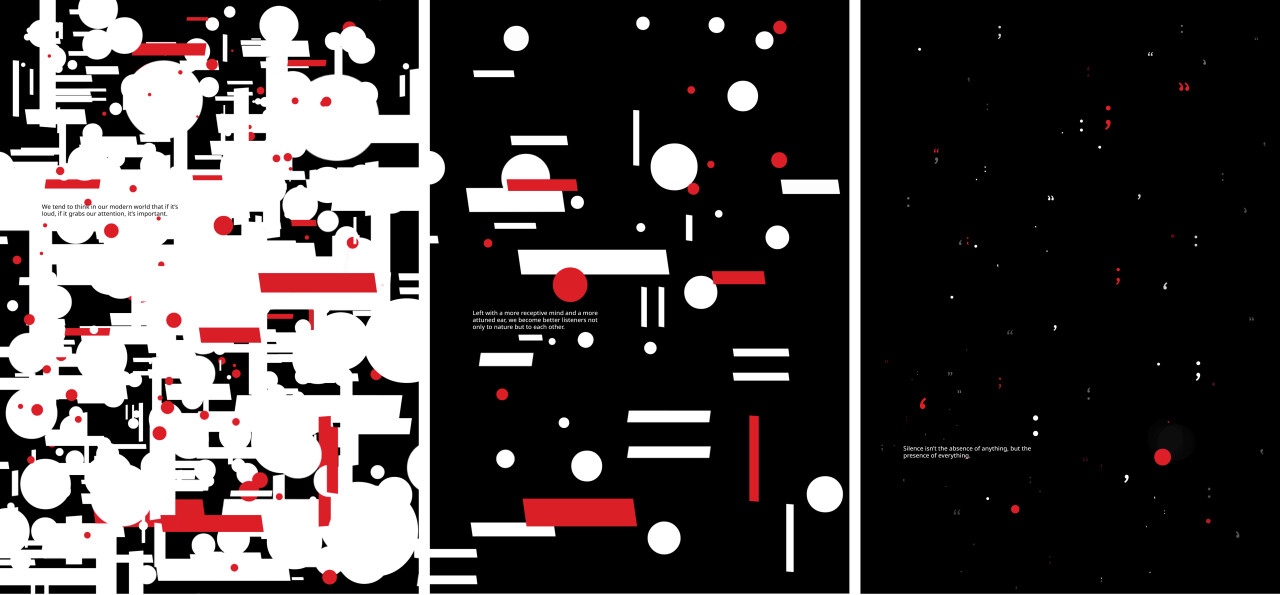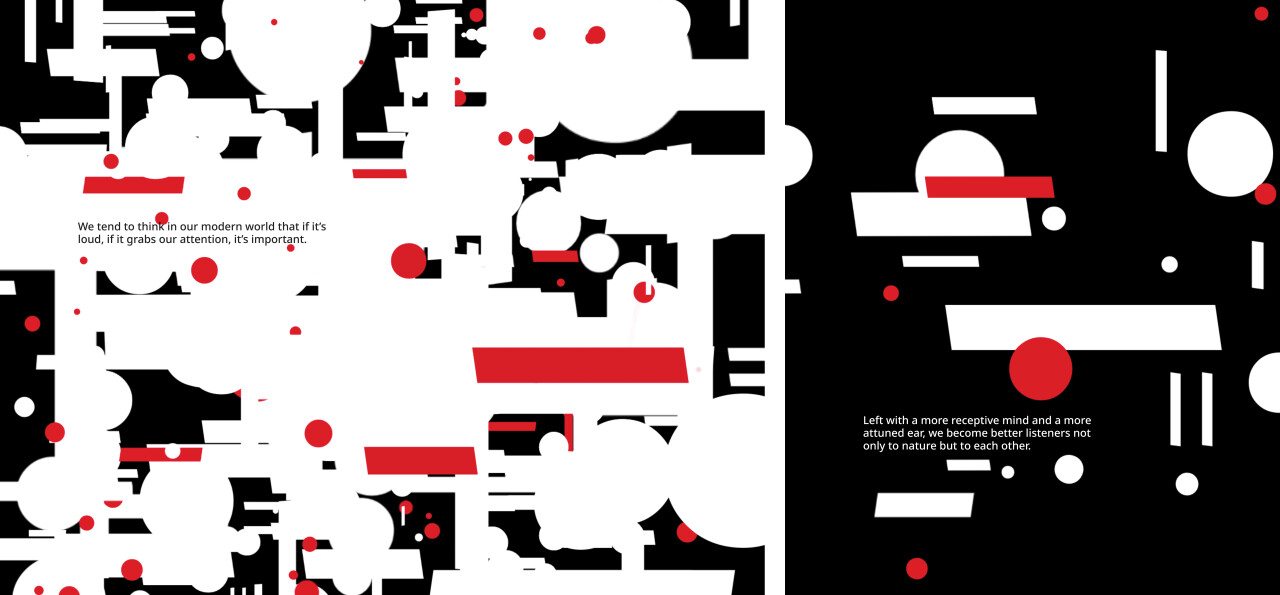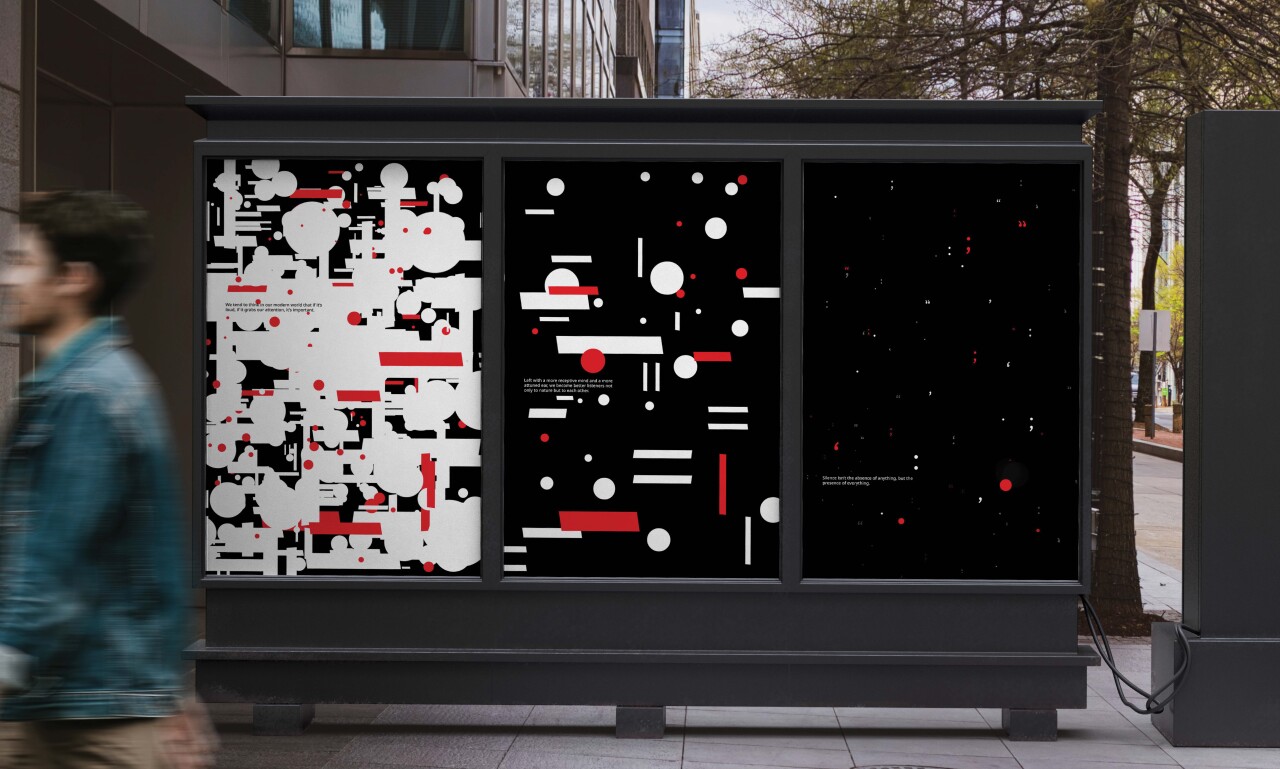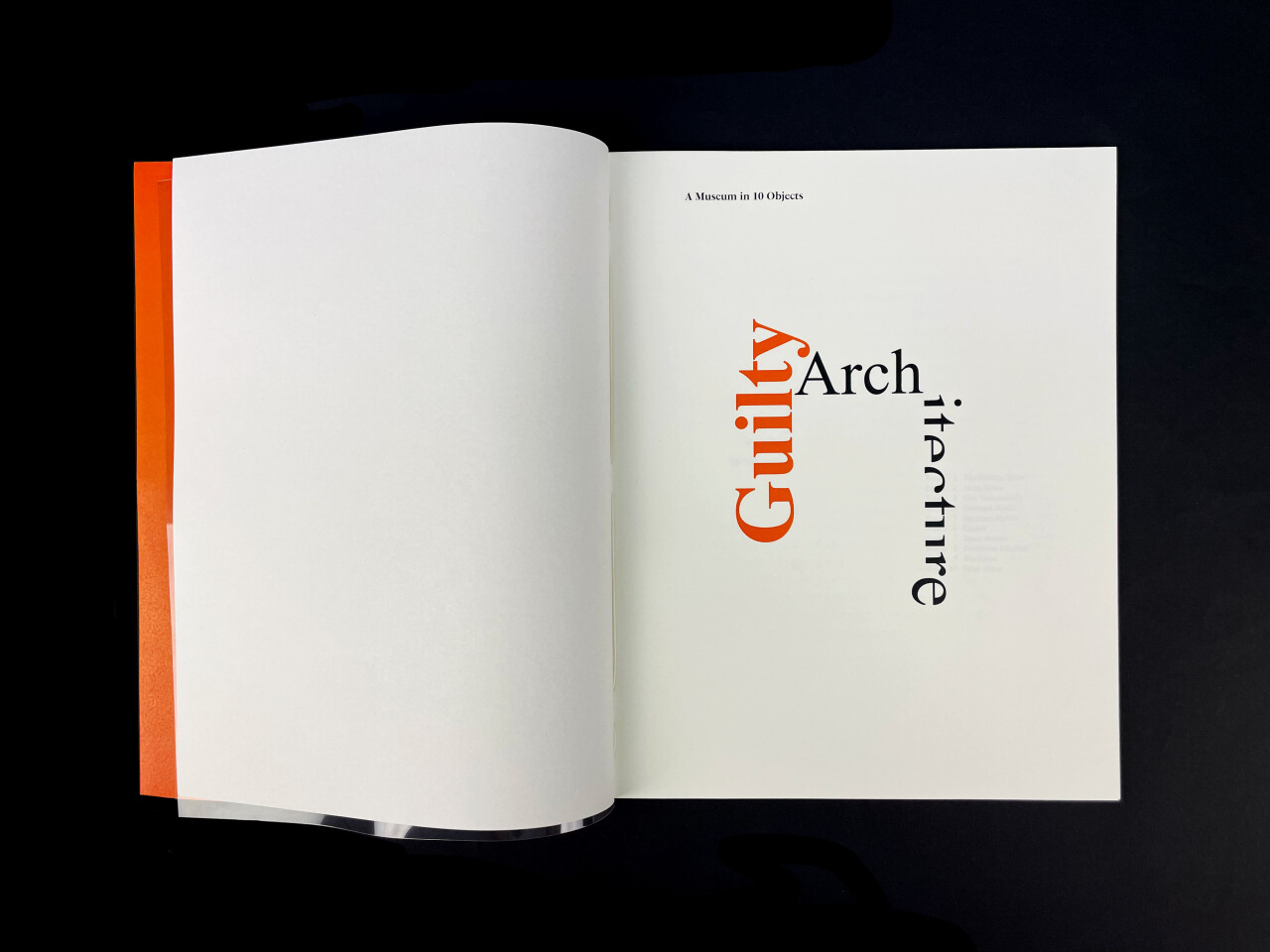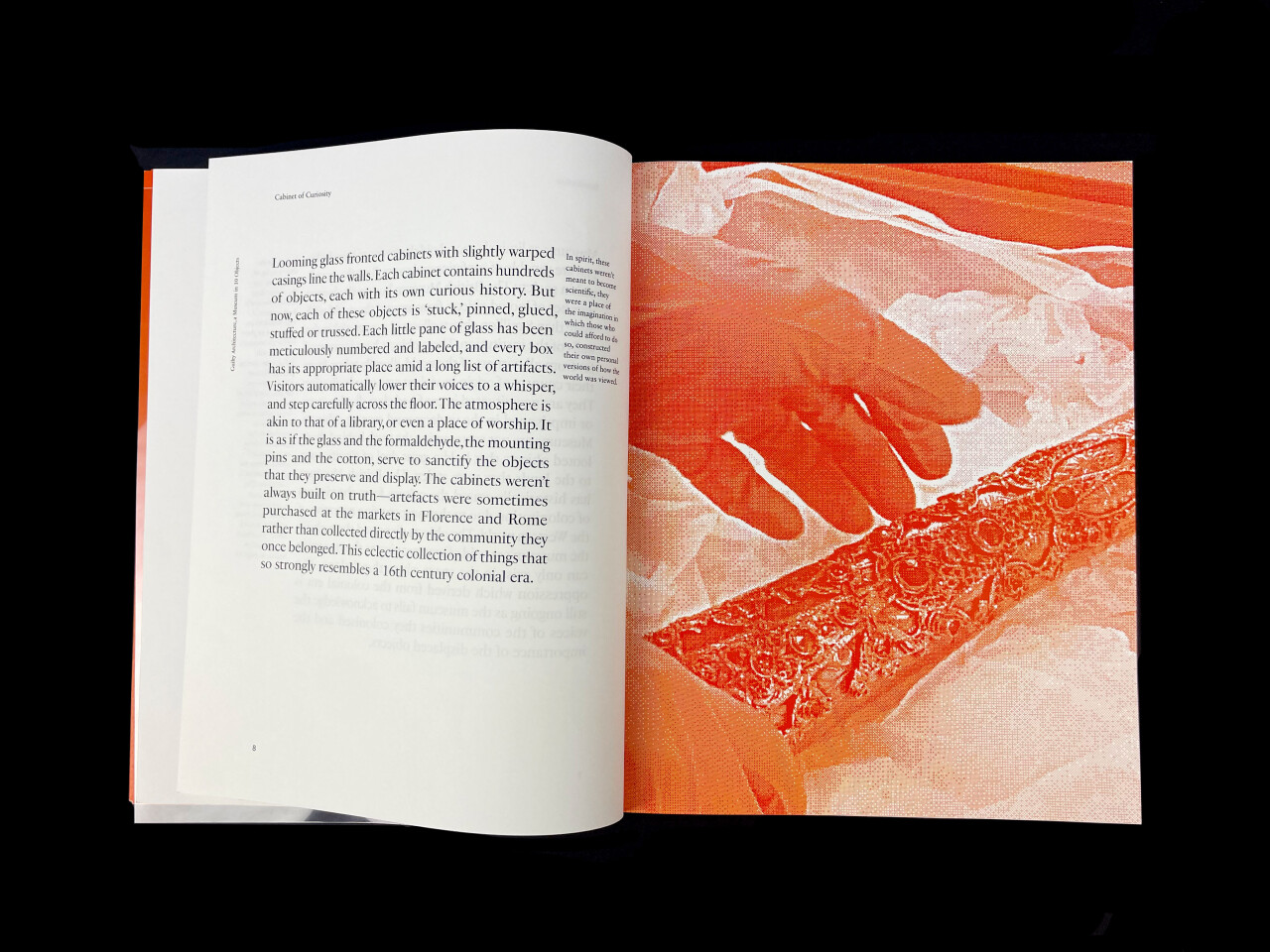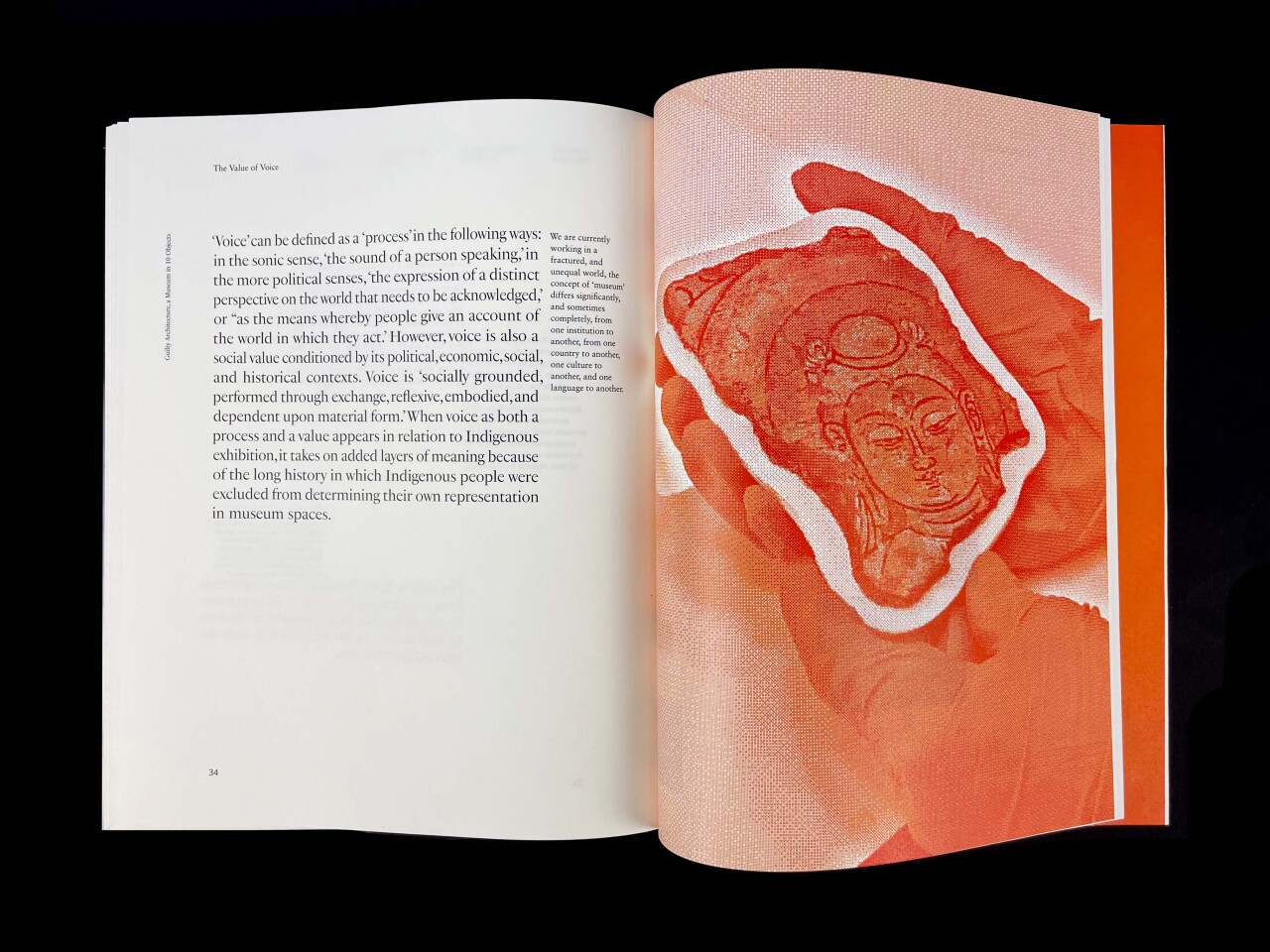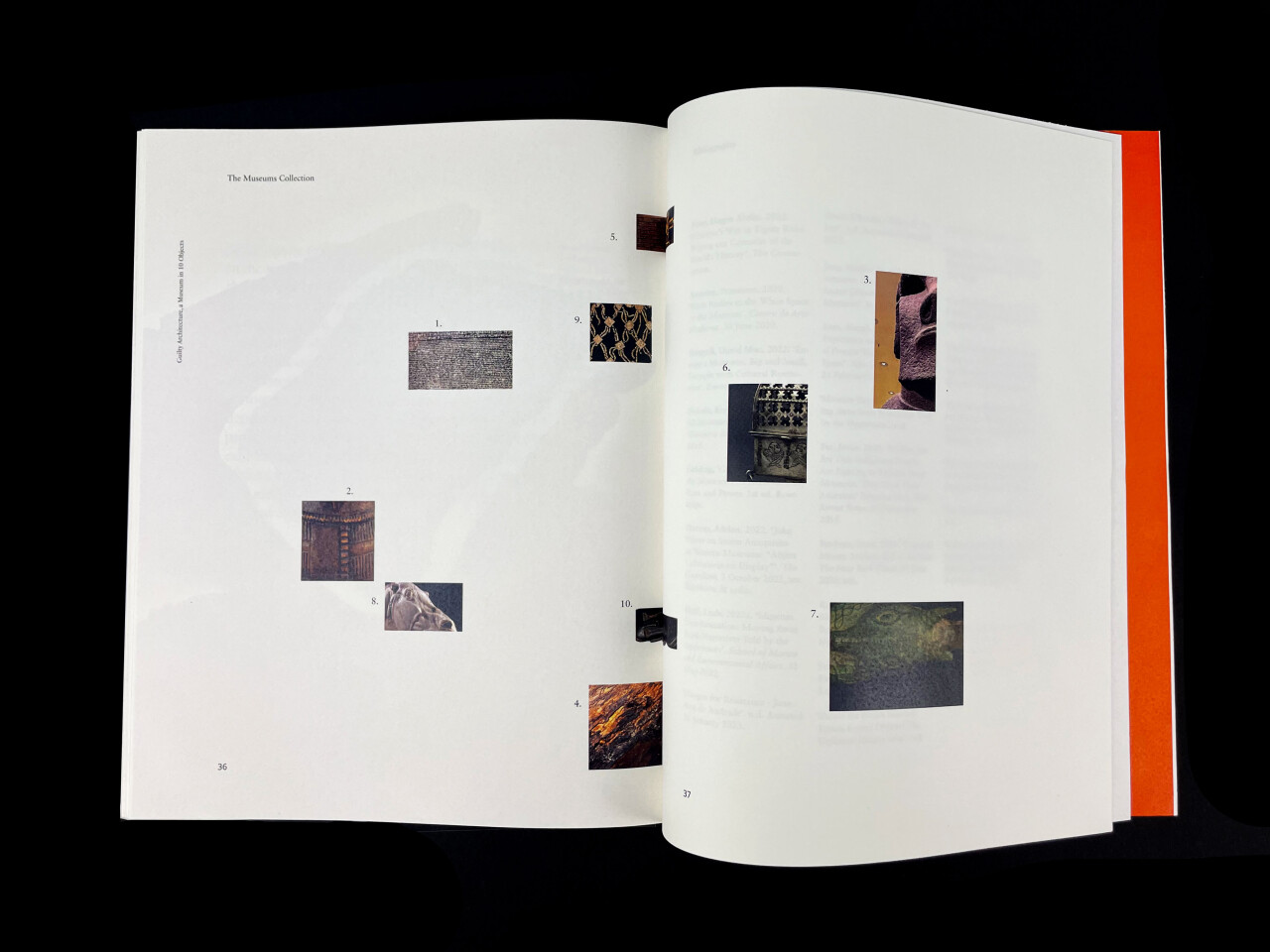Beneath the Noise
The deleterious effects of city noise on the planet's ecosystem and the health of living organisms are a matter of grave concern. Regrettably, the lack of education on this issue has led to significant losses in honourable habitats and natural soundscapes. The Beneath the Noise initiative aims to raise awareness about the negative impact of mechanical noise on human health in urban environments. The project employs the use of punctuation marks to represent noise as a form of communication. Full stops, dashes, hyphens, and colons signify the harsh industrial noises that contribute to noise pollution, while the use of commas, quotation marks, and semicolons are indicative of little to no disturbance, showcasing the diverse harmonies of natural silence. These harmonies allow for the clear distinction between noises that contribute to the problem and those that benefit physical and mental health.

